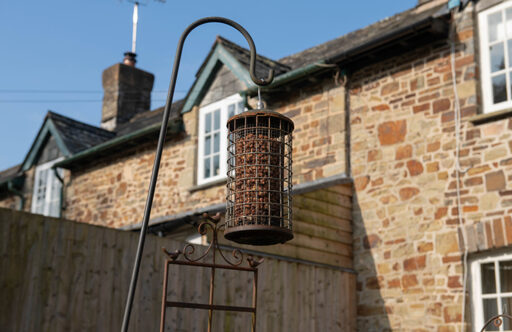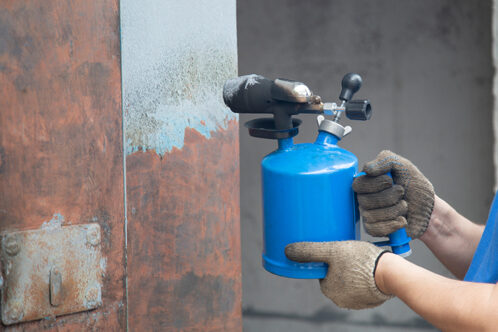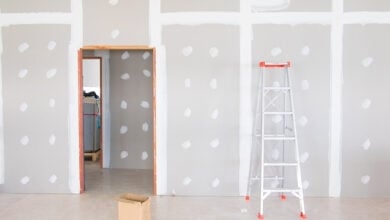Rust never sleeps, so the popular saying and the 1979 Neil Young recording tells us. It is a statement well worth paying attention to when it comes to your home, as any iron-based metals will constantly rust given the chance and any exposure to oxygen and or damp. Rust is easy to treat and to slow down, but repair becomes much harder should you neglect metals in and around your home. Window frames, drainpipes and railings can all fall victim to rust and the most severe corrosion will have to be dealt with by a professional or the items replaced. But you can get rid of rust yourself, as well as making sure that your home remains as free of rust as is possible.
How to get rid of rust
The first thing you will need to do is to get rid of rust from your metal surface, whether this is pipes, railing or a metal window frame. If the rust is very light then you should simply be able to use a wire brush to remove it or by using some abrasive paper. Citric acid, vinegar or commercial rust removal products can also help if the rust is hard to just brush away.

You should always be sure to use gloves when trying these products on your rusty metalwork. Some experts also suggest soaking rusty items in paraffin for a few hours to soften the rust and make it easier to remove, while others suggest salt and lime. Although the latter sounds more like part of the recipe for a margarita to reward you after you have done the hard work.
If you have detailed ironwork or metalwork with hard to remove rust then scrubbing with a wire brush can damage it, so you should instead consider having it stripped using chemicals. You can use heat first if you are confident it won’t damage the metalwork, with a small blowtorch being the best method. If the metalwork is small enough to take away from the house then you can also consider sandblasting or using an industrial stripping service.

If you decide to go with chemical stripping at home then be sure to use a professional if you are not confident as the chemicals can be dangerous. These are usually based on phosphoric acid, which will serve to neutralise the rust.
Once you have removed the rust, by whichever method you choose, then you should dry it and act quickly to treat and paint the metalwork. You will need to use a primer to prepare the surface, with a zinc-phosphate primer being suitable for indoor or outdoor use. You can also look out for specialist rust-inhibiting primers, which are especially good for ironwork or metalwork that is outdoors. This rust-inhibiting primer will work well whether you are repainting a whole railing or just dealing with small patches of rust.
Once the metalwork is primed, you can paint it, using a suitable paint to maintain your waterproof finish. Special paints for rusted metal do exist, although you are advised to carry out the steps above to remove the rust rather than simply painting over it with such a product.
For specialist help with getting rid of rust or cleaning your home, post a job on Rated People in our cleaner category. Cleaning specialists will then contact you to quote and you’ll be able to view their profile pages, complete with customer ratings, to help you decide who to hire.




how can I remove rust stains from harling which has been stained by a cover over the heating outlet pipe
Hi Fay,
I would suggest posting your question using our Ask an Expert section for advice from one of our expert trade members: http://www.ratedpeople.com/diy-advice/ Best of luck!
I agree that rust can be a challenge to remove. You provided wonderful tips on how to get rid of it with acidic items and vinegar. I recently discovered while searching online how to remove rust that toothpaste can work as well due to its consistency. I had rust on my porcelain sink and after adding some toothpaste and water and scrubbing for 5-10 minutes the rust started to disappear. When looking online for ideas I came across this article – https://housetipster.com/housetips/9102/how-to-remove-rust-naturally
It offers some good advice on how to remove rust from items.